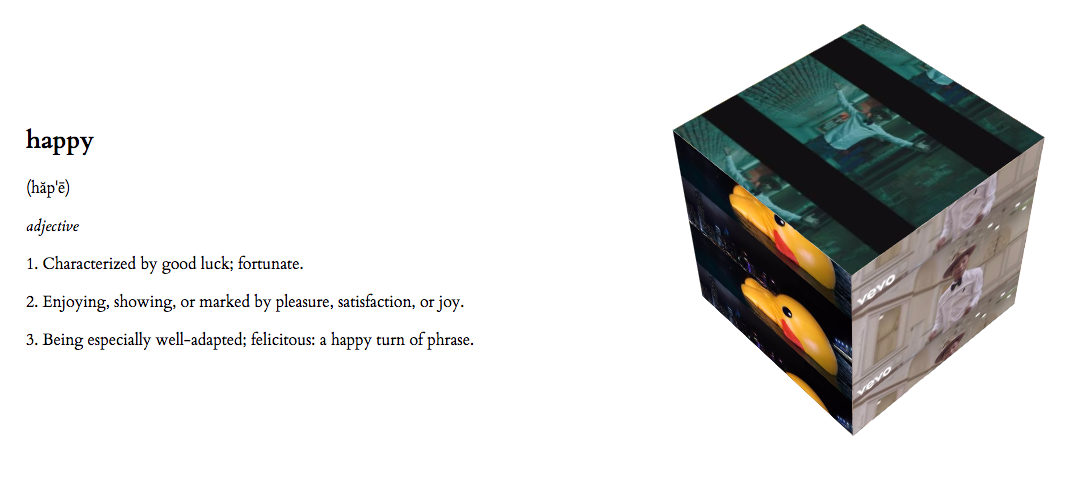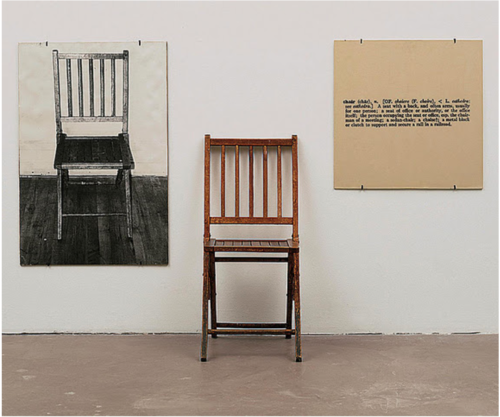Searching For Answers
by: Maria Loks-Thompson
"Seeing is no longer believing. The very notion of truth has been put into crisis. In a world bloated with images, we are finally learning that photographs do indeed lie."
Barbara Kruger
In 2016 the Oxford Dictionaries declared post-truth (defined as “relating to or denoting circumstances in which objective facts are less influential in shaping public opinion than appeals to emotion and personal belief”) as the word of the year. Nowadays we are bombarded with a multitude of conflicting information, and in effect too overwhelmed to undertake the effort of verifying its reliability. Instead we abandon the concept of truth altogether, and base our opinions on easily accessible sources that fit a version of reality we‘d like to believe in. Reasons behind this situation vary: on one hand mass media is increasingly biased by the private interest of its owners, on the other algorithms are used by online services to provide users with the content that conforms to their pre-established world views. We chose the internet as our primary source of knowledge, but we fail to remember that the data it delivers is often untrustworthy or even simply fake.


Searching For Answers: “happy”
Searching For Answers is a web based art project which aim is to investigate and highlight inaccuracies between the word, its definitions and pictorial representations. When entering a web page, the user is presented with a loading page displaying the work’s title, once the loading is finished the title disappears to reveal a white space clearly divided into two separate sections. The left one consists of a randomly selected term (that has been previously looked for by at least ten thousand internet users), its phonemic transcription, a part of speech it represents and a list of definitions sourced from a number of online dictionaries. The right one hosts a rotating cube whose sides are formed of images provided by the Google’s Image Search API and representing the word in question. After 30 seconds the page automatically refreshes, beginning a search process for yet another term.


Joseph Kosuth One and Three Chairs (1965)
Searching For Answers was created using p5.js and jquery libraries, HTML5, CSS3 and Javascript languages and APIs provided by Wordnik and Google’s Custom Search engine. Combined they allow the work to exist online and engage with user-generated, algorithmically selected content. Informed by the work of conceptual artist Joseph Kosuth, Searching For Answers attempts to translate his formal and linguistic approaches into the internet based exploration of (mis)connections between terms and their meanings. The work was further influenced by Eva and Franco Mattes’ project Image Search Result which challenged a search engine’s capability for producing results that are fully representative of the semiotic complexities within language.
Searching For the Answers: 10 minute search
In the present age of mistrust and confusion, the quest for factually accurate content is more important than ever before. The results of the American presidential election and the Brexit vote, growing political polarisation clearly visible in a majority of european countries, an increase in racially motivated crime, though not solely motivated by the post-truth reality, are nonetheless alarming symptoms associated with it. Public awareness of the limits of reliability within the broad spectrum of knowledge available online is increasingly becoming a key issue. Searching For Answers hopes to pose the audience with a question of how we can rely on the information found on the internet, while even the primal relationship between a language and its visual representation is being disrupted when presented through the lense of search engine’s algorithmic procedures.
You can access Searching For Answers here.











































































